Way Down East
8 /10 1 Votes8
Director D. W. Griffith Initial DVD release September 28, 2004 Duration | 8/10 IMDb Genre Drama, Romance Sequel Dream Street Country United States | |||||||||||||||||||||||||||||||||
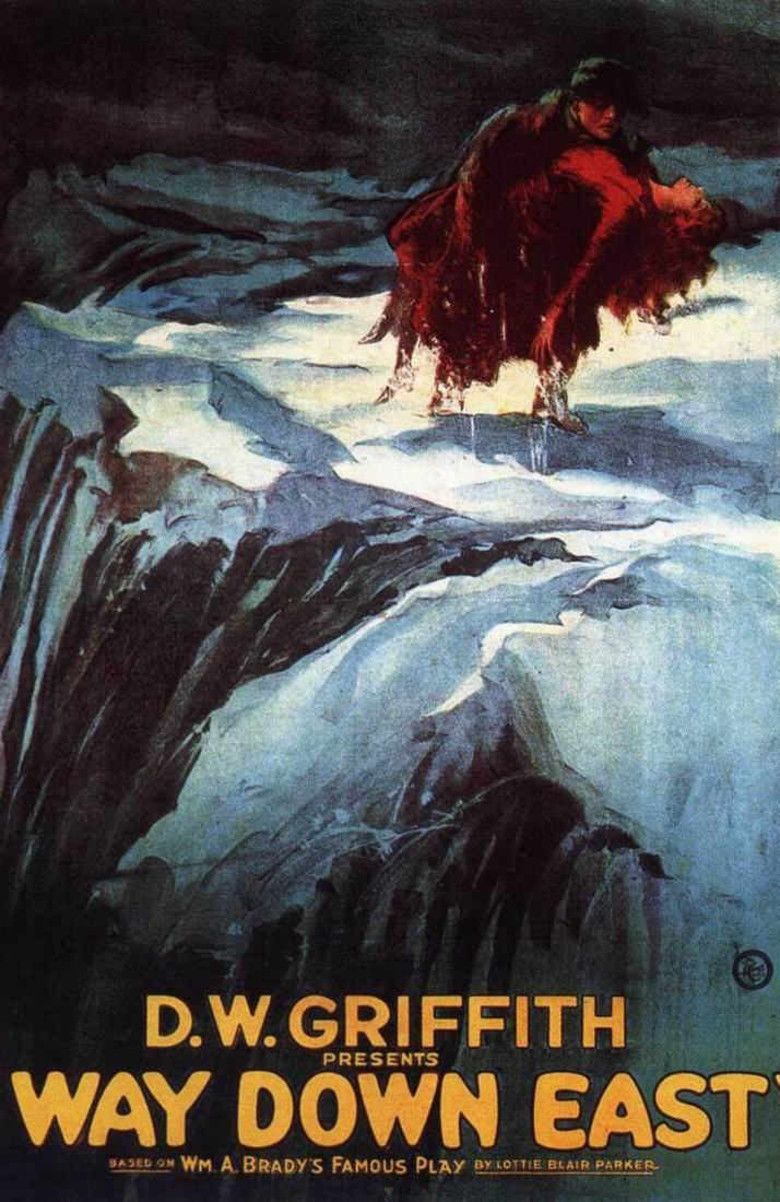 | ||||||||||||||||||||||||||||||||||
Release date September 3, 1920 (1920-09-03) Based on Way Down East by Lottie Blair Parker Writer Lottie Blair Parker (from the play by), William A. Brady (play), Joseph R. Grismer (elaborated by), Anthony Paul Kelly (scenario by) Cast (Anna Moore), (David Bartlett), (Lennox Sanderson), (Squire Bartlett), (Mother Bartlett), Mrs. David Landau (Anna Moore's Mother)Similar movies The Rescuers Down Under , Madagascar: Escape 2 Africa , How Foolshead Paid His Debts , The Artist , Feast , Creed | ||||||||||||||||||||||||||||||||||
Way down east usa 1920
Way Down East is a 1920 American silent romantic drama film directed by D. W. Griffith and starring Lillian Gish. It is one of four film adaptations of the melodramatic 19th century play Way Down East by Lottie Blair Parker. There were two earlier silent versions and one sound version in 1935 starring Henry Fonda.
Contents
- Way down east usa 1920
- Way down east 1920 dw griffith
- Plot
- Cast
- Production
- Censorship
- Box office
- Critical
- References
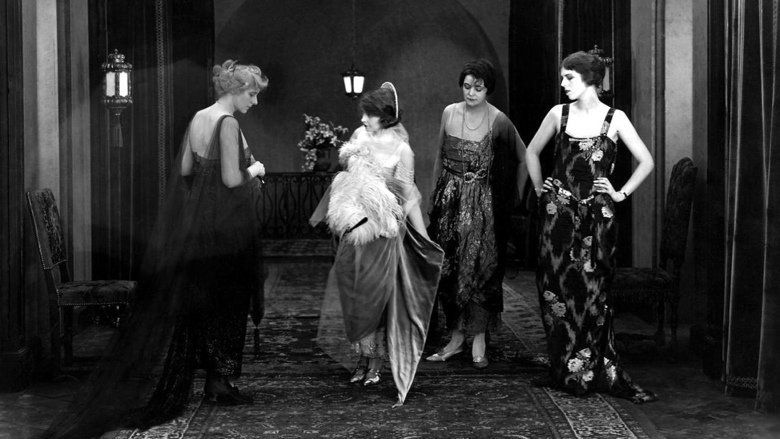
Griffith's version is particularly remembered for its exciting climax in which Lillian Gish's character is rescued from doom on an icy river. Some sources, quoting newspaper ads of the time, say a sequence was filmed in an early color process, possibly Technicolor or Prizmacolor.
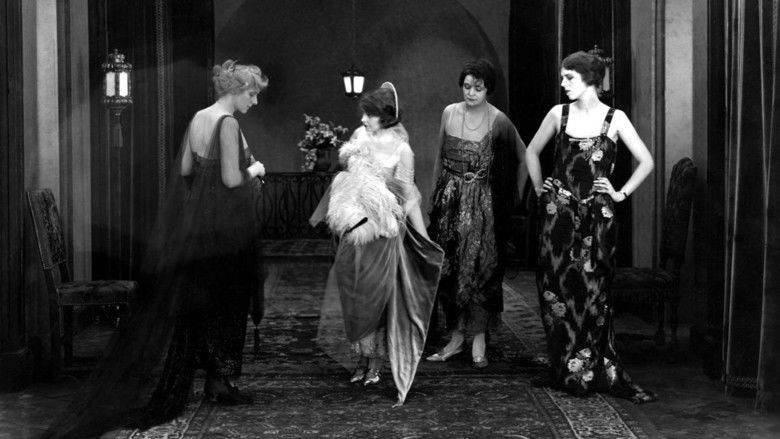
Way down east 1920 dw griffith
Plot
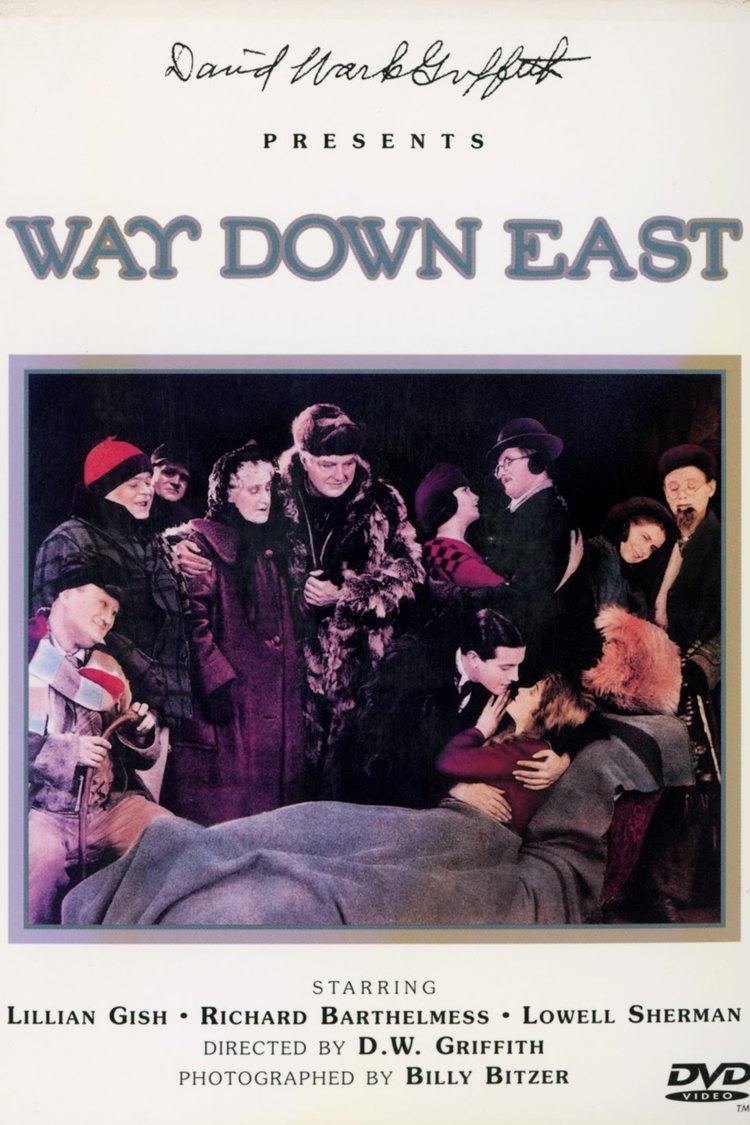
The rich, typified by the handsome man-about-town Lennox (Lowell Sherman), are exceptionally selfish and think only of their own pleasure.
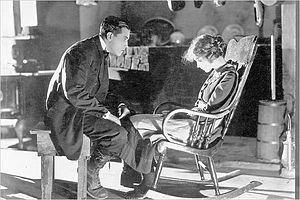
Anna (Lillian Gish) is a poor country girl whom Lennox tricks into a fake wedding. When she becomes pregnant, he leaves her. She has the baby, named Trust Lennox, on her own.
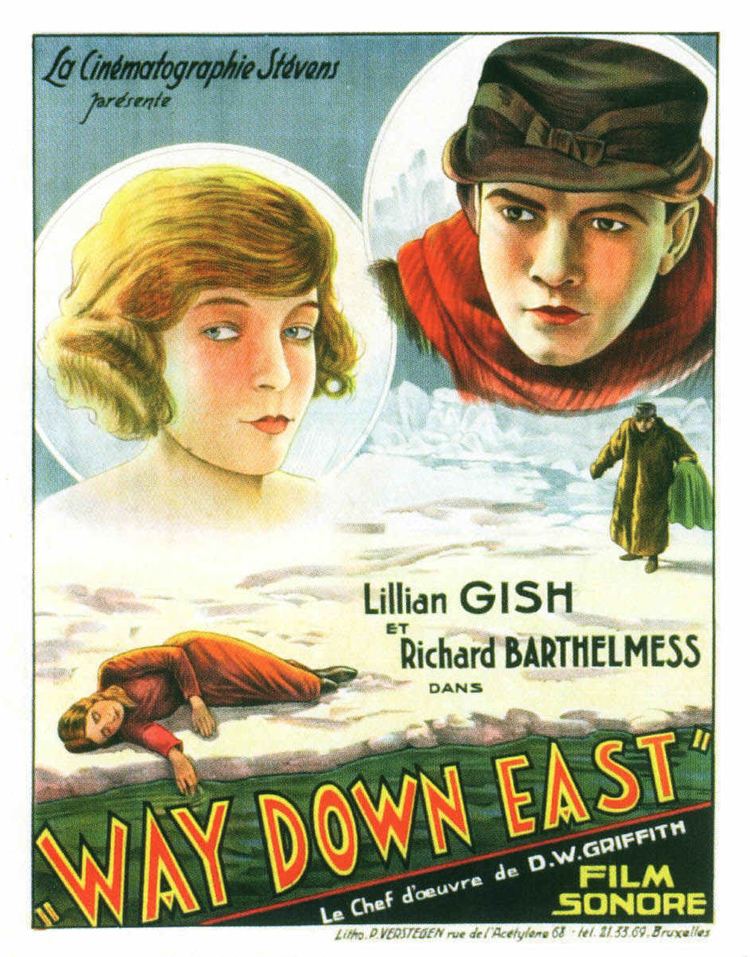
When the baby dies she wanders until she gets a job with Squire Bartlett (Burr McIntosh). David (Richard Barthelmess), Squire Bartlett's son, falls for her, but she rejects him due to her past. Then Lennox shows up lusting for another local girl, Kate. Seeing Anna, he tries to get her to leave, but she refuses to go, although she promises to say nothing about his past.
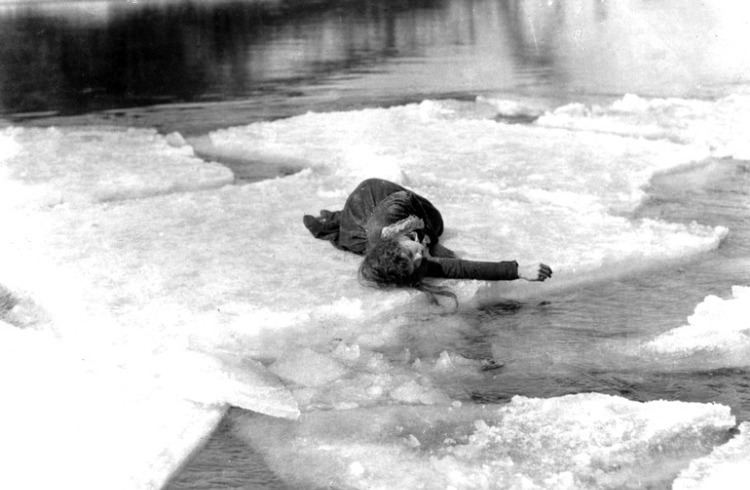
Finally, Squire Bartlett learns of Anna's past from Martha, the town gossip. In his anger, he tosses Anna out into a snow storm. Before she goes, she fingers the respected Lennox as her despoiler and the father of her dead baby. Anna becomes lost in the raging storm while David leads a search party. In the famous climax, the unconscious Anna floats on an ice floe down a river towards a waterfall, until rescued at the last moment by David, who marries her in the final scene.

Subplots relate the romances and eventual marriages of some of the picaresque characters inhabiting the village.
Cast

Production
D. W. Griffith bought the film rights to the story, originally a stage play by Lottie Blair Parker that was elaborated by Joseph R. Grismer. Grismer's wife, the Welsh actress Phoebe Davies, became identified with the play beginning in 1897 and starred in over 4000 performances of it by 1909, making it one of the most popular plays in the United States. Davies died in 1912 but had toured the play for well over ten years. The play was considered outdated by the time of its cinematic production in 1920. The play was an old-fashioned story that espoused nineteenth century Americana and Victorian ideals.
Although it was Griffith's most expensive film to date, it was also one of his most commercially successful. Way Down East is the fourth highest grossing silent film in cinema history, taking in more than $4.5 million at the box office in 1920. SilentEra.com says that some sequences of Way Down East were filmed in an early Technicolor process.
Clarine Seymour had appeared in four previous Griffith films, and was hired to play Kate, the squire's niece. However, her role was given to Mary Hay, and Seymour's footage reshot, when Seymour died after surgery.
The famous ice floe sequence was filmed in White River Junction, Vermont. An actual waterfall was used, though it was only a few feet high — the long shot where a large drop is shown was filmed at Niagara Falls. The ice needed to be sawed or dynamited before filming could be done. During filming, a small fire had to be kept burning beneath the camera to keep the oil from freezing. At one point, Griffith was frostbitten on one side of his face. No stunt doubles were used at the time, so Gish and Barthelmess performed the stunts themselves. Gish's hair froze and she lost feeling in her hand from the cold. It was her idea to put her hand and hair in the water, an image which would become iconic. Her right hand would be somewhat impaired for the remainder of her life. The shot where the ice floes are filmed going over the waterfall was filmed out of season, so those ice floes are actually wooden. Cinematographically, the ice flow scene is an early example of parallel action.
Censorship
Similar to other Griffith productions, Way Down East was subjected to censorship by some American state film censor boards. For example, the Pennsylvania film board required over 60 cuts in the film, removing the mock marriage and honeymoon between Lennox and Anna as well as any hints of her pregnancy, effectively destroying the film's integral conflict. The resulting film may have surprised viewers in that state when a child suddenly appears shortly before its death. Other cuts removed scenes where society women smoked cigarettes and an intertitle with the euphemism "wild oats."
Box office
The film earned $1 million in profit.
Critical
When the film was screened in 1994 in Washington, D.C., film critic Mark Adamo reviewed the film and wrote, "What's astounding about the film is not that the rickety conventions of 1890s stage melodrama dog its every frame. (Even the film's seeming pioneering of feminism is hoary: the Leviticus-style titles would have us believe that Lillian Gish's tremulous ingenue fallen prey to a heavily mascaraed roue is "the story of Woman.") What's amazing is that so much of Gish's tough, funny, intuitive performance, particularly in the film's middle section as she bears her illegitimate child, transcends time, place and technology. Equally amazing is Griffith's mighty striving, with his arty location shots, quirky close-ups and riskily staged set pieces, to forge a new and expressly cinematic style."
Critic Paul Brenner wrote, "Many of Griffith's features suffer from sententious moralizing, a sense of God speaking to the masses, and outright racism. But Way Down East highlights the greatness of Griffith without having to sit through the Sermon on the Mount or the Ride of The Klan. In Way Down East, Griffith's psychotic nuttiness, for once, didn’t get in the way of a good film."
References
Way Down East WikipediaWay Down East IMDb Way Down East themoviedb.org
